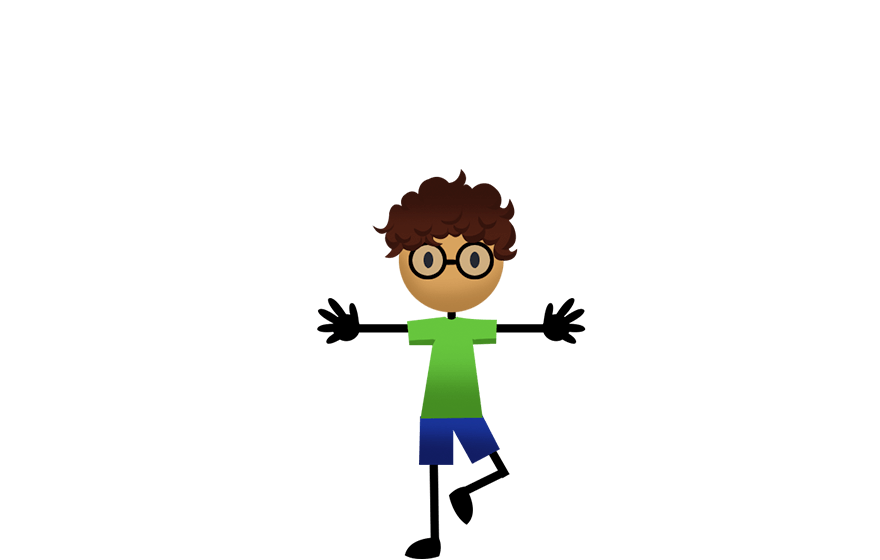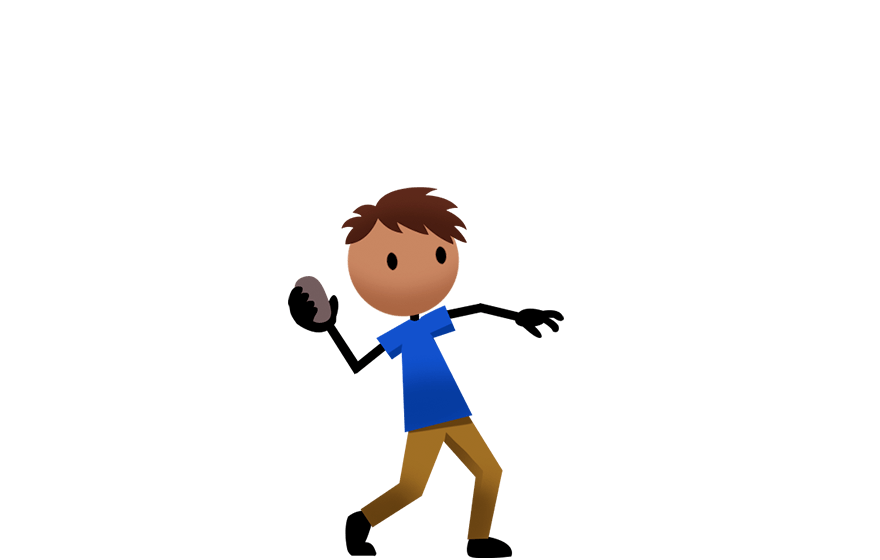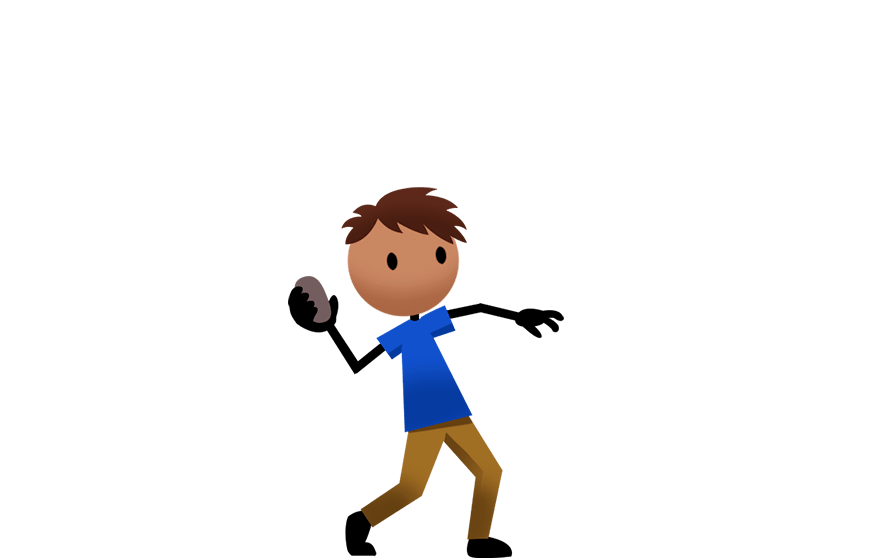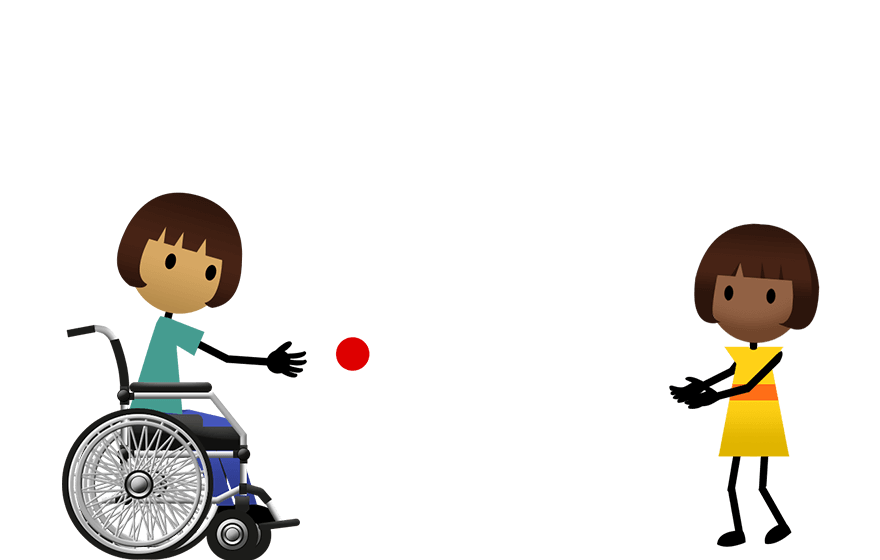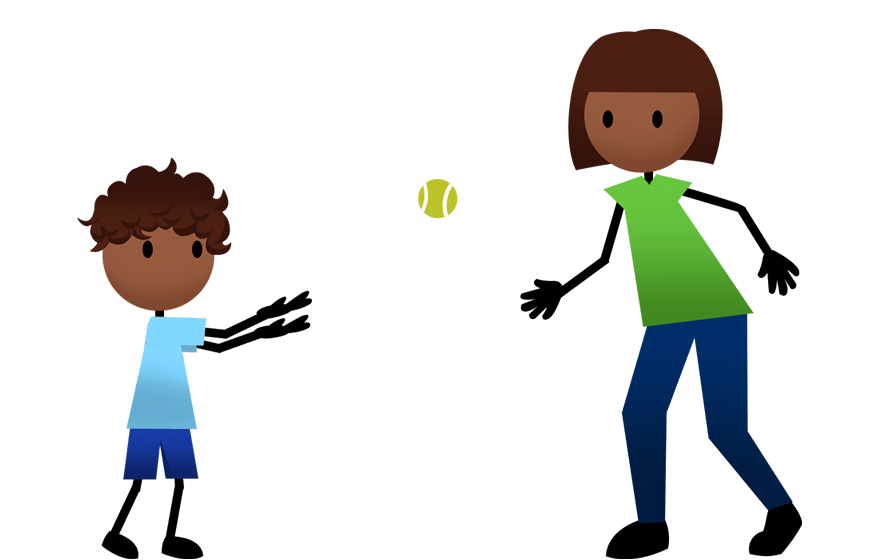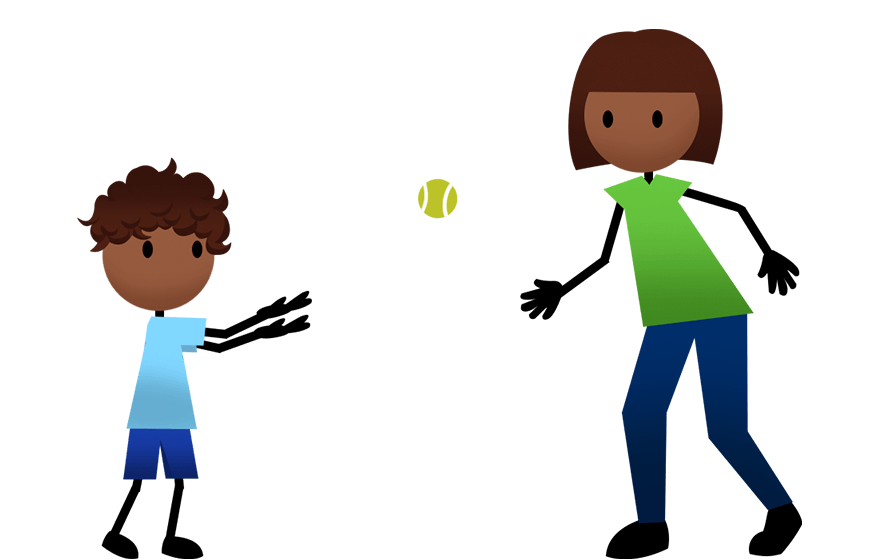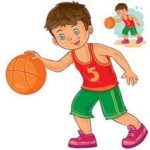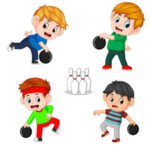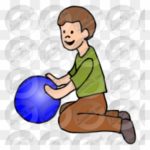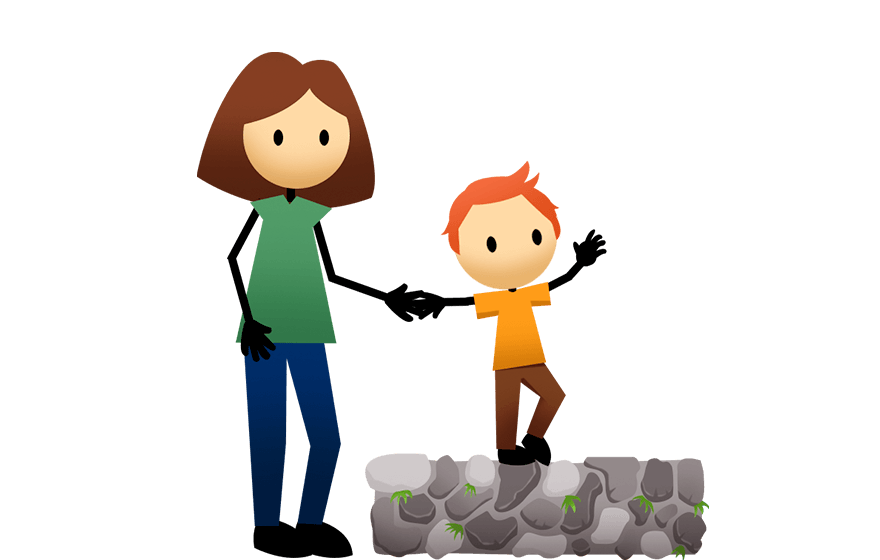
Toddler Balance Walk

Requirements
• Playground equipment may be suitable
• Low garden walls, benches, raised curbs, and dry logs are good
Instructions
- When walking outside with your toddler, find simple structures such as park benches, low garden walls, raised curbs, and dry logs.
- Encourage your toddler to climb onto these low structures and walk along them.
- Hold your toddler’s hands at all times.
Variations
• As your toddler shows confidence walking with balance in one direction, encourage them to turn and change directions while walking and balancing.
Benefits
This activity develops dynamic balance in preparation for all walking and running activities at older ages.



